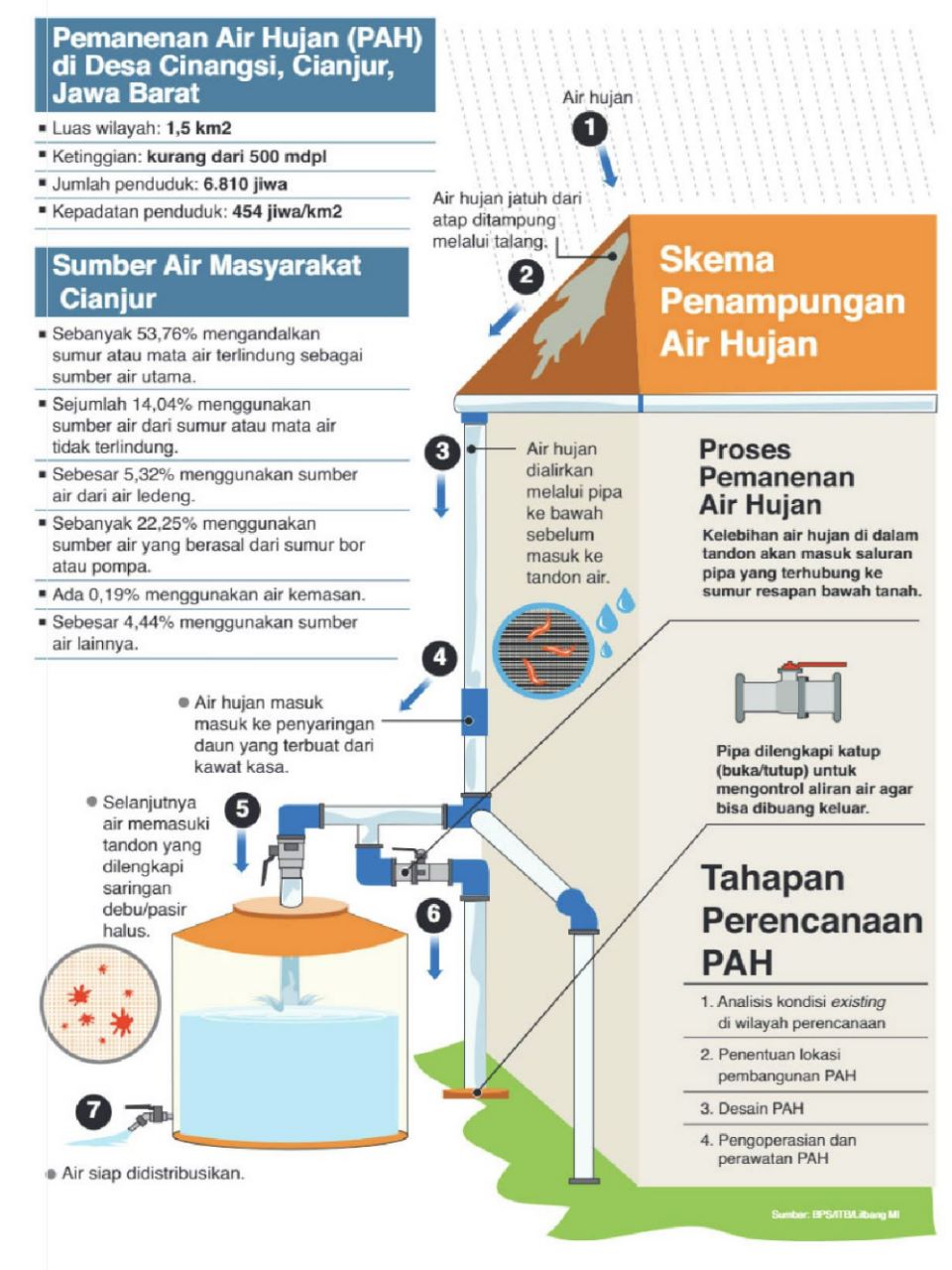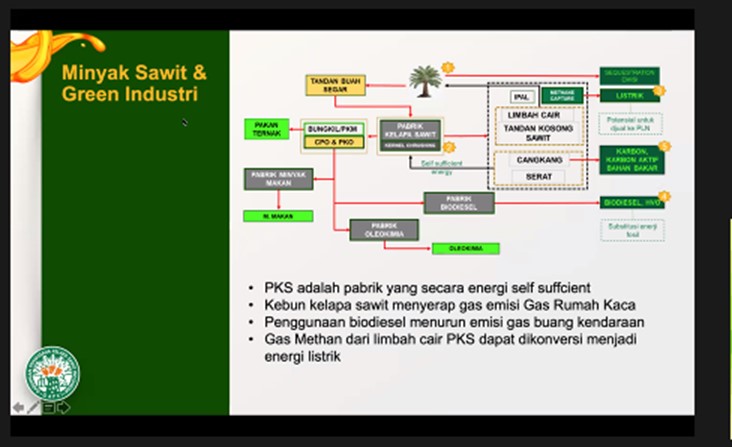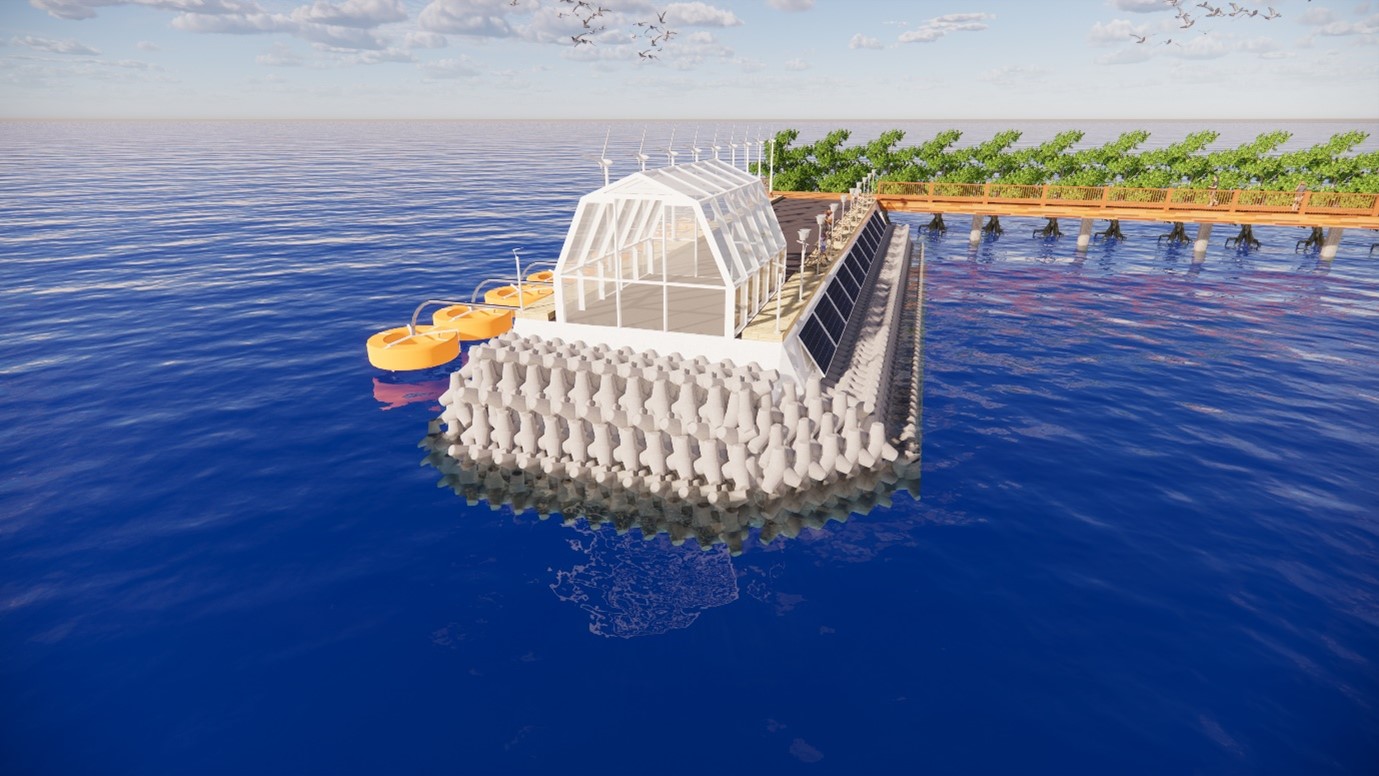ITB Team Helps Construct Rainwater Harvesting System in Cianjur
By Adi Permana
Editor Adi Permana

BANDUNG, itb.ac.id — Citarum Watershed is the largest and longest river watershed in West Java, with its main river stretching 269 km long. One region situated on the banks of Citarum RSA is the Cianjur Regency, specifically in the middle of Cirata Reservoir.
According to the monthly precipitation data of Central Citarum Watershed, the region has a monsoon climate with two rain peaks concentrated in rainy months, between October and May. Meanwhile, the precipitation rate decreases as much as under 100mm/month during the dry season.
According to the result of field condition monitoring, some communities in the Cianjur Regency have no access to clean water as determined by the Minister of Health Regulation 2010 No. 492 regarding the Drinking Water Quality Specification. An example of this case was the drought in the 2010 dry season, where the water crisis forced local residents to use water from the Cisalak River. However, the water did not meet the health regulation to be used for bath, wash, and sanitary.
The catastrophe showed how vital water resource management is for mitigating water inequality during drier months. One solution to ensure clean water is to provide an alternative water supply by constructing a Rainwater Harvesting (RWH) facility. Through the Citarum Community Service Program 2022, ITB has contributed to building an RWH system in Tarikolot Village, Cianjur Regency. The RWH is expected to reduce the scale of water extraction from wells and protected springs, which is currently sitting at 53,67% of our water sources.
“Water from the RWH system will be used for irrigation, washing, flushing toilet, or even drinking purposes after further processing. RWH is usually applied in areas with a precipitation rate of more than 200mm/year, and this applies to Indonesia,” explained Dr. Mariana Marselina, S.T., M.T., who was involved in the program.
The required components for RWH are a catchment area (rooftop), channel or pipe (from the rooftop to reservoir), filter, and containment tank. This system can utilize a wide range of filters, from a basic one like a sand filter to a more sophisticated one like a Reverse Osmosis if the water will be used for drinking purposes. The volume of containment tank could also be customized depending on the water quantity needed or the amount of space available. Another filtration system made from zeolite, active carbon, sand, and silica is added inside the tank.

According to Dr. Mariana, there are multiple stages in the RWH planning process. Firstly, we need to obtain actual condition analysis through field surveys, including precipitation intensity, clean water availability, rainwater catchment area condition, and the amount of population served. Secondly, the team will select the location for constructing the RWH system. The ideal location is in a critical area with a minimum precipitation rate of 1300 mm/year. Moreover, another condition that one must be mindful of is its position, which is placed on a building’s side or back area near a chamfer, has a level and hard soil, as well as possible to store the materials and tools needed.
The third step is designing the facility in adherence to the Indonesian National Standard. Afterward, the needed material will be calculated, including ferrocement, brick, fiberglass reinforced plastic, etc. Lastly, we need to maintain the RWH container by draining it once every two months and during rainy seasons and routine cleaning of the chamfer and reservoir’s base.
Dr. Mariana also invited local communities to support the operation and maintenance of the RWH by appointing individuals or groups as the management team. Clean water distribution is regulated with a schedule. “RWH maintenance must be carried out daily, weekly, and annually by the management team or the community as PRW users,” she added.
Besides RWH construction, the ITB team also held educational activities intended for 100 year 5 and 6 students of the Tegalsari Primary School to teach them the importance of clean water. They were given an introductory course to various clean water sources and the system and components of PRW. Through this activity, students can comprehend the function of PRW and utilize it optimally for their daily life.
*This article had been published in Media Indonesia, Rekacipta ITB rubric.
Reporter: Sekar Dianwidi Bisowarno (Bioengineering, 2019)
Translator: Firzana Aisya (Bioengineering, 2021)

.jpg)
.jpg)
.jpg)
.jpg)
.jpg)



